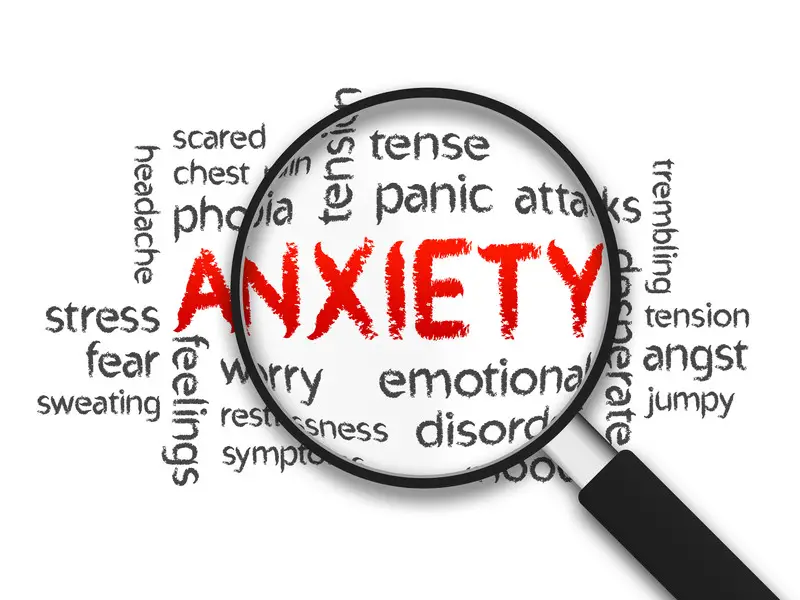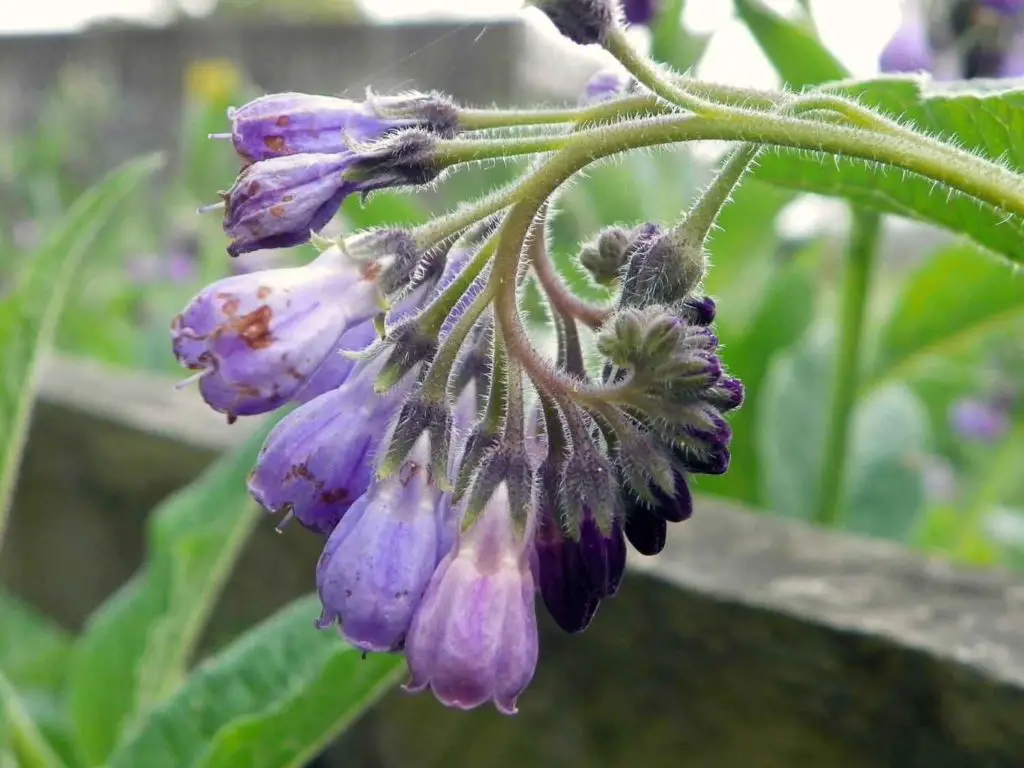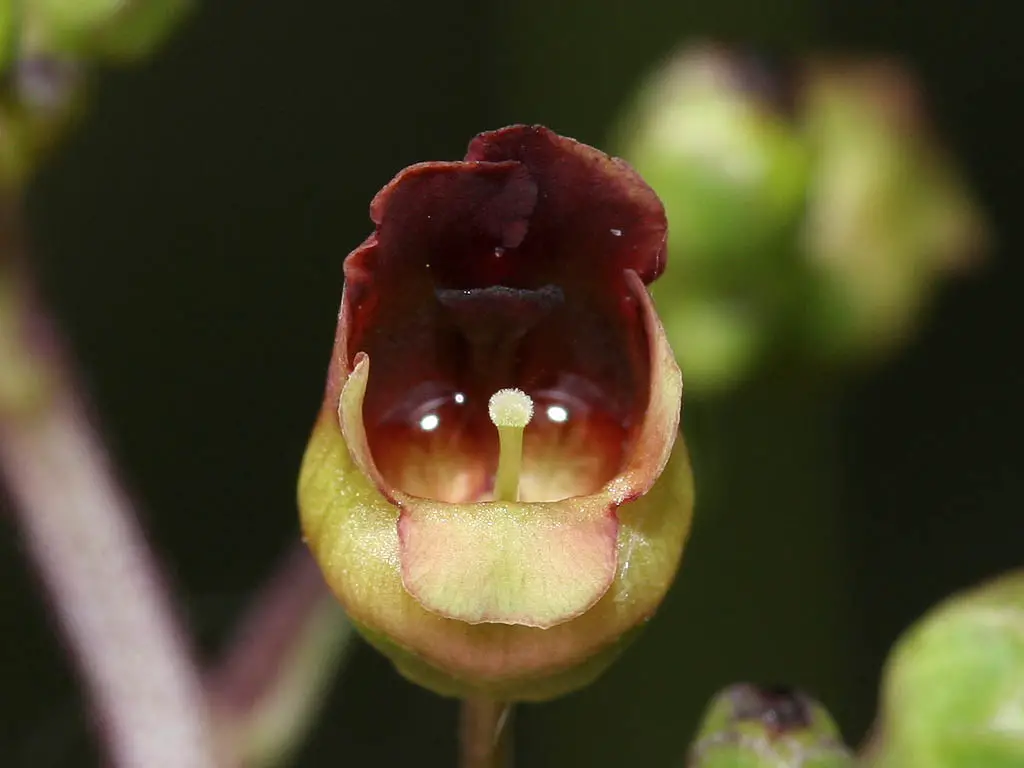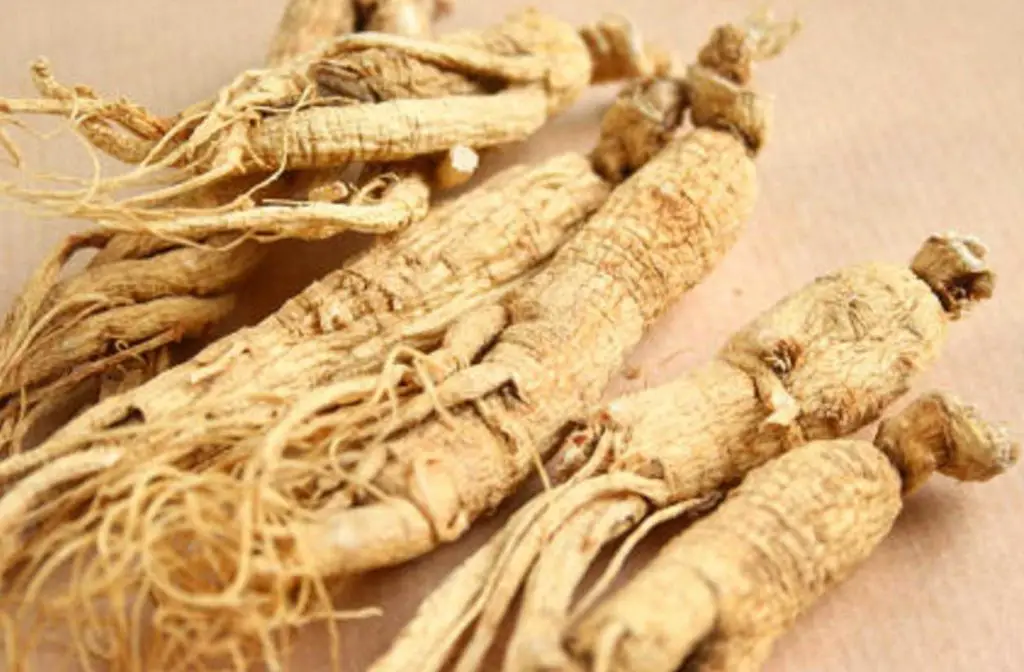What Are Beta Blockers and How Do They Work?
Beta blockers, otherwise known as beta-adrenergic blocking agents, are a class of drugs (either natural beta blockers or synthetic beta blockers) or herbs that prevent the hormone epinephrine from binding to beta-receptors on nerves. An excess of this hormone is responsible for elevated heart rate and blood pressure, increasing the burden on the heart and sometimes leading to inadequate oxygen delivery to its muscle. As such, the resultant effects of beta-blocker activity are largely cardioprotective. In other words, beta blockers act primarily on β1 and β2 receptors, which are located in the heart (as well as the kidneys, gastrointestinal tract, blood vessels, liver, uterus, eyes, and skeletal muscles). Beta blockers reduce high blood pressure, treat angina (or cardiovascular pain), and ameliorate abnormal heart rhythms by dilating the blood vessels and allowing for smoother blood flow and output. They are also popularly used in the treatment of psychological conditions such as depression, anxiety, panic disorder, and insomnia.
Presently, the most popularly used methods for treating depressive and anxiety disorders include cognitive behavior therapy and pharmacologic agents such as selective serotonin reuptake inhibitors (SSRIs), selective serotonin-norepinephrine reuptake inhibitors, tricyclic antidepressants, or monoamine oxidase inhibitors. However, in recent years, researchers have turned their attention to benzodiazepines to treat mild to moderate anxiety disorders and co-morbid depression. Beta blockers for anxiety can include synthetic drugs such as Atenolol or Propanolol, but natural benzodiazepines extracted from botanicals are options as well.
List of Natural Beta Blocker Supplements and Herbs
Kava
The word “kava” (sometimes known by its Tongan title “kava-kava” or its binomial classification Piper methysticum) refers to a leafy plant found commonly in the Republic of Vanuatu, Hawaii, the Federated States of Micronesia, Fiji, the Samoas, Tonga, and the Solomon Islands. The roots of the kava plant have been known to produce hydroxycarbolxylic acids that have sedative, anesthetic, euphoriant, and entheogenic properties. Typically, the kava root is ground to a brownish powder and then mixed with water to produce a supplemental beverage, but extracts from the root are also available in capsule form. As a fluid, kava is traditionally prepared at a 1:1 powder to water ratio, with approximately 1 tablespoon of powdered kava to 1 cup of water. It is not advisable to exceed 300 mg of kava extract daily. Kava is classified as a natural beta-blocker and has been demonstrated to be effective in the short-term treatment of generalized anxiety (studies have not exceeded twenty-four weeks). Most notably, in a 2002-2003 study conducted by researchers in the Department of Complementary Medicine at the University of Exeter, subjects receiving kava supplementation received a significantly reduced score on the Hamilton Anxiety scale in comparison to their placebo-receiving counterparts. It is important to note that kava impacts that P450 enzyme, which is utilized by the liver to metabolize certain medications. Therefore individuals interested in trying kava supplements should be aware that these beta blockers impact the potency of other prescription drugs. A list of our favorite Kava Kava.
Ashwagandha
Ashwagandha, otherwise known as Indian ginseng, poison gooseberry, or its binomial classification Withania somnifera, is a flowering plant in the nightshade (or Solanaceae) family. Cultivated primarily in India, Nepal, China, and Yemen, ashwagandha is a perennial shrub characterized by dusky green elliptic leaves, yellowish bell-shaped flowers, and small orange-red berries. It is said to have a powerful odor, and its classification “somnifera” means “sleep-inducing.” It has been used for centuries in the medicinal traditions of India, prescribed primarily as a nerve tonic and/or an adaptogen. Medicine extracted from the root and berries of the plant are reputed to alleviate anxiety, insomnia, and depression, act as an anti-inflammatory, and improve information recall. In its powdered root form, roughly 2-5 grams is an appropriate dosage, and is traditionally prepared with warm A2 milk, ghee, and/or honey. As a fluid extract, the dosage ranges between 2.5 milliliters to 5 milliliters, depending on the patient. In a double-blind, placebo-controlled study of ashwagandha and its impact on generalized anxiety disorder, researchers at Gujarat Ayurved University in Jamnagar, India found that the plant’s dried root granules yielded significant improvement on all parameters of Hamilton’s Anxiety Rating Scale after being administered to patients. The study concluded that extracts of ashwagandha have potential anti-stress, cortisol-lowering, serotonergic, and antioxidant properties. Ashwagandha is a very common weed in its endemic regions and the plant can grow anywhere from forests to roadsides, so it is very important to make sure it comes from a reliable and clean source. We wrote about our favorite Ashwagandha here.
Passionflower
Passionflower refers to a genus of flowering plants that is comprised of roughly 550 floral species. It is Neotropical, meaning it can most often be found in Mexico, Central America, and South America, although there has been some distribution recorded in the United States, Southeast Asia, and Oceania. The passionflower, or passiflora, can be woody or herbaceous and is typically a purplish color, with a double row of filaments that resembles a crown. More specifically, it is said to resemble Christ’s crown of thorns during the “passion” of Christian mythology, owing to the plant’s name.
Passionflower has historically been used for treating insomnia, gastrointestinal issues, high blood pressure, fibromyalgia, and anxiety relief. In terms of clinical trials, there has been a single double-blind, placebo-controlled trial comparing individuals receiving passionflower tincture to a now-discontinued anxiolytic drug called oxazepam for a total of thirty days. Researchers observed a significant reduction in anxiety in both groups.
Passionflower is available in various forms, including liquid extracts, infusions, teas, and tinctures. The typical ratio in a tea blend is 0.25 – 2.0 grams of dried passionflower herb steeped in roughly 150 milliliters of boiling water. In its fluid extract or tincture form, the recommended dosages are 0.5 – 1 milliliters one to three times a day. Side effects to passionflower supplements may include sleepiness, dizziness, and confusion, so it is not recommended that patients take them alongside sedative medications. Pregnant women or individuals taking blood thinners should also avoid passionflower. A list of our favorite Passion Flower.
St John’s Wort
St. John’s Wort, or Hypericum perforatum, is a herbaceous perennial flowering plant found widely throughout Europe and Asia. It has a long history of traditional medicinal use, with references being made to its usage as far back as the Peloponnesian War in Greece (roughly 400 B.C.). However, despite its popularity as an adjuvant treatment for depression, there is some contention regarding its effectiveness in ameliorating anxious psychological symptoms. No placebo-controlled, double-blind trials have demonstrated St. John’s Wort to be sufficiently effective in the treatment of generalized anxiety disorder, obsessive-compulsive disorder, or phobias.
However, there is some evidence to indicate its effectiveness in treating mild depression. In a double-blind, randomized study conducted at forty outpatient clinics in Germany, researchers found that St. John’s Wort was therapeutically equivalent to the antidepressant Imipiramine, with fewer negative side effects. In another study published by the Journal of Clinical Psychopharmacology, researchers at Massachusetts General Hospital in Boston found that St. John’s Wort was more effective than both the selective serotonin-reuptake inhibitor Fluoxetine and placebo on the 17-item Hamilton Rating Scale for Depression.
St. John’s Wort is typically available in 300 mg capsules. It is also available in liquid or powdered form. As a tincture, it is not recommended to exceed a dosage of 1-5 milliliters. A list of our favorite St. John’s Wort.
Chamomile
Most are familiar with chamomile tea, and several may have been made aware of its reputation as a calming agent. Chamomile refers to several daisy-like plants under the Asteraceae family; the most commonly and popularly used in beverages is Matricaria chamomilla. This type of chamomile is characterized by petite white petals with yellow florets, and long, smooth stems. It is quite common and can be found all over Europe, North and South America, and Australia.
In traditional medicine, chamomile has been frequently used in the treatment of insomnia, stomach pain, and/or irritable bowel syndrome. Research has also indicated that chamomile may have anxiolytic, anti-inflammatory, and cholesterol-lowering effects. In 2009, researchers at the University of Pennsylvania School of Medicine conducted a double-blind, placebo-controlled “efficacy and tolerability” trial of chamomile extract therapy in clinically anxious patients. Results indicated, as was hypothesized, that the patients who ingested chamomile underwent a significant reduction on the Hamilton Anxiety scale.
A 2012 follow-up study at the University of Pennsylvania explored chamomile’s impact on co-morbid anxiety and depression with a small subject group. The results confirmed possible meaningful antidepressant and anxiolytic activity in chamomile. Chamomile is generally recognized as a safe herb for human ingestion, but there have been reports of allergic reactions in individuals who have come into contact with chamomile products. Patients who are allergic to related plants such as marigolds, daisies, chrysanthemums, or ragweed should not take chamomile. It is not recommended for individuals taking blood-thinners to supplement themselves with chamomile either. A list of our favorite Chamomile.
Hawthorn
Hawthorn, otherwise known as thornapple, May-tree, or by its binomial title Crataegus rhipidophylla, refers to a genus of shrubs endemic to temperate regions in Europe, Asia, and North America. The shrubs or small trees are characterized by thorny branches, leaves that grow on long shoots and in clusters, and small berry-like pome fruits. Like many other natural beta blockers, several species of hawthorn have been historically utilized as traditional medicine.
Hawthorn extract is commonly used for diseases of the heart, including congestive heart failure, irregular heartbeat, high blood pressure, and high cholesterol. It can, however, cause arrhythmia and dangerously low blood pressure if taken in excess.
Hawthorn berry supplements are available in capsule form, as extracts and/or tinctures, tea, and in dried form. 160 to 300 milligrams of hawthorn berry extract containing 18-20 percent oligomeric procyanidins or 2-3 percent flavonoids is recommended as a safe daily dosage.
In terms of its anxiolytic properties, there is little evidence to directly verify hawthorn’s effectiveness. A French study examined a combination product composed of 20 mg California poppy, 75 mg hawthorn, and 75 mg elemental magnesium. Titled Sympathyl, the medication was shown to have a mild impact in ameliorating anxiety. However, no clinical trials have indicated that hawthorn as an individual component has an anxiolytic effect. However, clinical trials have demonstrated that hawthorn does have promising potential as a hypotensive (blood pressure-lowering) agent. A list of our favorite Hawthorn.
Valerian
Valerian, or Valeriana officinalis, refers to a European flowering plant characterized by fragrant pink or white petals. It is a perennial plant that blooms during the summer months. It has a long historical usage as a medicinal treatment for insomnia, and has a reputation as effective in the treatment of depression, epilepsy, attention deficit-hyperactivity disorder, and chronic fatigue syndrome.
Valerian extract is most often taken via a tea blend, tincture, fluid extract, or dry powdered extract. Based on existing research, 300 to 600 milligrams of valerian root is safe to ingest daily for less than a month. For tea, it is recommended to steep 2-3 grams of valerian root in approximately 1 cup of boiling water.
At present, there limited clear-cut clinical evidence of valerian’s anxiolytic effects when compared with placebo. In 2002, a controlled pilot study compared the effects of two treatments (valepotriates, or valerian extract, and diazepam) in thirty-six outpatients with generalized anxiety disorder. Though some anxiolytic effects were observed in patients receiving valepotriates, the results are considered preliminary given the small sample size in each control group. A list of our favorite Valerian.
The Purpose of Beta Blockers
In vernacular terms, beta blockers halt or reduce the body’s natural “fight or flight” mode responses. They operate by managing the effects of the hormone epinephrine, which stimulates increased blood flow to the muscles, elevating blood sugar levels, and amplifying cardiac output (or blood circulation). Epinephrine can be beneficial when administered to cease anaphylaxis, cardiac arrest and, in severe cases, asthma. However, if over-produced, epinephrine can also cause elevated blood pressure to the degree of an abnormal heart rhythm. For individuals who have issues with cardiac output or high blood pressure, beta blockers, also known as beta-adrenergic blocking agents or beta-adrenergic antagonists, are commonly used to protect the heart. They are also prescribed for many other conditions that may be co-morbid, including anxiety, depression, migraine, glaucoma, and overactive thyroid. In short, Beta Blockers are considered a mood stabilizer.
Alpha vs. Beta Blockers: What’s the Difference?
Both alpha and beta blockers assume important roles in ameliorating hypertension. Whereas beta blockers focus primarily on managing the hormone epinephrine (or adrenaline) while having little effect on alpha-receptors, alpha-blockers manage norepinephrine while having little or no effect on beta-receptors. Epinephrine is secreted by the adrenal glands during circumstances of increased anger and fear, and may cause an elevation in blood pressure and heart rate, as well as sugar metabolism. Norepinephrine, on the other hand, is released from the sympathetic nervous system and is classified as both a neurotransmitter and a stress hormone.
Selective alpha-1 blockers are often used in the treatment of benign prostatic hyperplasia given their propensity to relax the muscles in the neck of the bladder. Research has also indicated that alpha-blockers may yield a more favorable impact in patients with hypertension and hypertensive organ damage in comparison to beta blockers.
What are some Substitutes or Alternatives for Beta Blockers?
In terms of cardiovascular issues, present medical guidelines dictate that individuals with a blood pressure rate of 160/100 or above be prescribed medication. Beta and/or alpha-blockers are often prescribed, but other common classes of blood pressure medications may include diuretics, angiotensin-converting enzyme (ACE) inhibitors, angiotensin II receptor blockers, calcium channel blockers, central agonists, peripheral adrenergic inhibitors, and blood vessel dilators (or vasodilators).
In terms of psychological treatments, psychiatrists will typically recommend a combination of psychotherapy (of which there are various types, including cognitive behavioral therapy and dialectical behavioral therapy, among others) and medication. Medications commonly used in the treatment of anxiety and depressive disorders include antidepressants of various classes (including SSRIs, SNRIs, TCAs, and MAOIs), buspirone, and hydroxyzine, as well as benzodiazepines and beta blockers. Natural alternatives to herbal beta blockers may include L-theanine (an amino acid commonly found in green tea), hops (which are ineffective if used in beer, but create a sedative effect in extracts and tinctures), lemon balm, fish oils, and of course, exercise. Patients should always speak with a doctor familiar with their current health status and prescribed medication before beginning a regimen of any kind of supplement.
References:
https://www.ncbi.nlm.nih.gov/pmc/articles/PMC3600416/
https://www.ncbi.nlm.nih.gov/pmc/articles/PMC3600408/
http://onlinelibrary.wiley.com/doi/10.1002/ptr.1027/full
https://nccih.nih.gov/health/chamomile/ataglance.htm#hed4
https://www.ncbi.nlm.nih.gov/pmc/articles/PMC3573577/
https://journals.lww.com/psychopharmacology/Abstract/2005/10000/A_Double_blind,_Randomized_Trial_of_St_John_s.7.aspx
http://iamj.in/posts/images/upload/01.05.14_IAMJ.pdf
http://onlinelibrary.wiley.com/doi/10.1002/14651858.CD003383/abstract;jsessionid=DCAA53512ACCD14B7305AA47AE52275E.f01t01
https://www.ncbi.nlm.nih.gov/pubmed/9324103
http://onlinelibrary.wiley.com/doi/10.1002/ptr.947/full
http://www.bmj.com/content/321/7260/536
https://www.umm.edu/health/medical/altmed/herb/valerian





A little knowledge is a dangerous thing!
“Beta blockers, otherwise known as beta-adrenergic blocking agents or benzodiazepines, are drugs (either natural beta blockers or synthetic beta blockers) that prevent the hormone epinephrine from binding to beta-receptors on nerves.”
This is the opening sentence of the article.
Beta blockers and benzodiazepines are completely unrelated pharmacological families, although both have been used to treat anxiety.
Good catch Nick. Even I make mistakes sometimes. It’s great to have another set of eyes going over things.
Thanks so much! A super-helpful, well-researched and extremely well-written article. Keep the great posts coming 🙂
Thanks Katharine!
What about Motherswort being effective?
I would not take Motherswort as a beta blocker, personally. I’d stick with something more concrete.